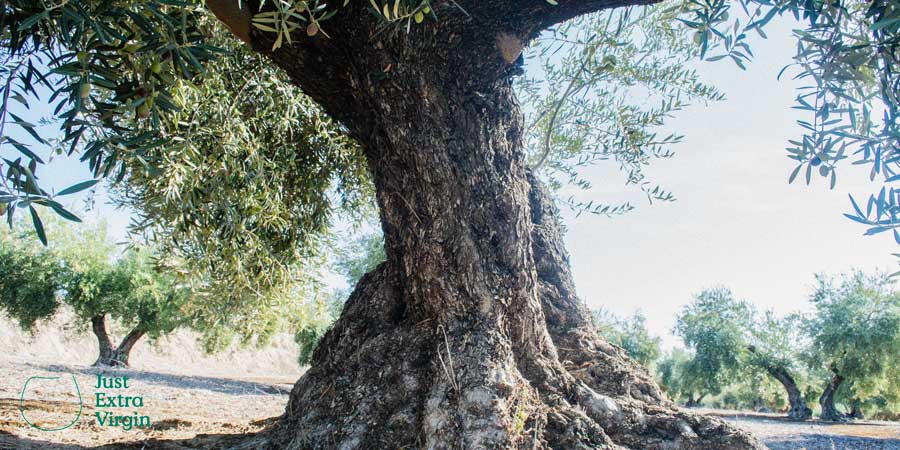
I have always maintained that the olive sector is a complex, underestimated and even undervalued sector. However, I think that these adjectives are not enough when we get up every day, set off for our piece of field, and it is generous, rewarding and pleasing to us.
Those who know me, know my passion for olive oils and, although my experience in this sector is very short, it is allowing me to see how it has evolved over the last few years.. I’m not going to lie, I wake up every day with equal parts excitement and suffering.
I am excited to continue learning and keep growing professionally in order to do my best and make olive cultivation and production a little better. And I suffer, seeing how there is disparity and inequality of criteria in the different links of this olive chain. In this respect, we have a lot of room for improvement.
Why am I telling you this? In our region, the largest and most important in terms of extra virgin olive oil production, more and more areas are investing in the production of quality olive juices.
Long-established major bulk traders and small producers who are just starting out have a common goal. A firm commitment to preserving biodiversity, to restricting the uncontrolled use of phytosanitary products, to caring for the olive grove and the fruit throughout the year, and to taking great care during harvesting. All so that the fruit arrives intact at the oil mill. In short, a union on different scales that encompasses all the people involved in each project to obtain oils of the highest quality.
And so it is, one day I can be in an oil mill that mills 25 million kilos per year. – where 300,000 kilos of top-of-the-range extra virgin olive oil have been made this season, when last year only 50,000 kilos were made – or I go to an oil mill that was just a project in August and today receives olives in fruit crates – and only 100 kilos of extra virgin olive oil are obtained each day-.
Ten years ago, one produced medium-low quality oils and the other did not even exist. Today they converge at the same point and more and more similar initiatives are joining this new challenge and rowing in the same direction to ensure the survival of our olive groves and our olive oils.
However, there are other areas within the same region where the reality is very different. What I am going to quote below is painful, but I also know that it is a reality known to all. The olive is the only fruit that is thrown on the ground to pick it,it is the only one that is consumed overripe and, even so, the juice extracted from it is often called “extra virgin”.
And with this, I would like to make a simple reflection:
As citizens, consumers or professional workers of our product, have we ever considered answering the following questions?
Do we know what extra virgin olive oil is like?
Do we know what qualities are available?
Do we know the optimum time to harvest the fruit?
Do we know what conditions are suitable for obtaining and preserving them?
What do we know about our oil?
There are many unanswered questions and the margin for improvement as citizens, consumers and professional workers of our product is very wide.
However, there is one thing that often prevents us from moving forward: confidence.
Confidence in all the young people who are committed to this sector.
Young people full of energy, enthusiasm and new ideas.
Young people who want nothing more than to make our villages more prosperous.
Young people who bear the responsibility for keeping life going in rural areas.
Young people willing to maintain the traditional olive grove as a profitable and sustainable method of cultivation.
And now I would like to make another observation:
We are getting used to seeing our centenary olive trees travelling in lorries along the roads of our province and our country, packed in pots, to finally end up in roundabouts or gardens wearing cups of different shapes outlined as if it were a Carnival costume.
Does it not hurt us to see our centuries-old olive trees turned into ornamental plants when they have been the livelihood of so many families in the past?
Do we have to wait for a body like UNESCO to value what we are unable to appreciate? Do we really stop to think about how we can diversify our income and look for other sources of annual income that can allow us to make our olive grove profitable?
I would like to end this opinion article by leaving a simple question unresolved, so that we can reflect, so that together we can row in the same direction and give the answer that our traditional olive groves and our olive oils need:
Are we doing it right?
Discover our olive oils from traditional olive grove
Find a selection of the best EVOOs in our online shop.




0 Comments